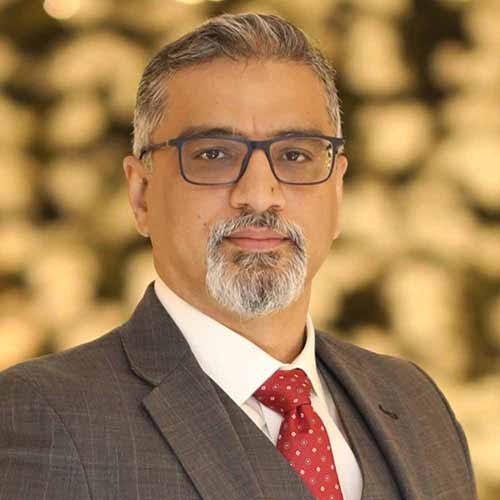
As Europe heads into winter once again with no end to the Russia-Ukraine war in sight and sanctions on Russian gas still firmly in place, a hot opportunity is emerging for Africa. With around 115 trillion cubic metres of proven gas reserves, close proximity to Europe and neutrality in most global geopolitical quarrels, the continent is perfectly placed to keep its northern neighbour warm and to start making the most out of its own generous endowment of natural resources.
Indeed Africa in the driving seat to potentially become the world’s dominant gas supplier. The game-changer here is floating liquefied natural gas (FLNG) production, a wholly offshore format for extracting, storing and offloading LNG. FLNG is not just far faster and cheaper to develop than traditional onshore production trains, it is also much more economical to operate. And Africa is the world leader in it.
According to energy research and intelligence company Westwood Global Energy, by 2027 Africa’s ongoing FLNG efforts are expected to add another 10 million tonnes to its current export volume of 40 million tonnes of LNG a year. Over 50% of the world’s ongoing FLNG projects are currently in Africa, and Westwood forecasts that a further US$13bn will be invested in the sector over the next few years, 60% of which will be in Africa.

FLNG facilities are much cheaper to build and run than traditional LNG production trains
Fast-track FLNG
Bringing traditional LNG production trains to fruition can be a very slow business. Like many large onshore projects, they are prone to delays brought about by opposition from host communities, waning interest from stakeholders (especially governments), and financing difficulties. For example, the US$20bn TotalEnergies Afungi project in Mozambique stalled in 2021 following Islamist militant attacks in areas close to the site (there is talk of the project resuming next year).
What makes FLNG a silver bullet is that the floating vessels used to produce LNG from offshore gas fields are so much cheaper to build and run than traditional LNG production trains. And Africa is in pole position in the race to build them.
Already in operation are sub-Saharan Africa’s FLNG trailblazers: Cameroon’s Hilli Episeyo and Mozambique’s Coral FLNG. Meanwhile Italian oil company Eni is getting ready to begin shipping Congolese gas using two FLNG vessels. According to the Republic of Congo’s hydrocarbons minister, the first exports will ship in December 2023.
Nigeria, with by far the largest gas reserves in Africa, is also a player – the African Export-Import Bank has agreed to help arrange financing for the country’s UTM Offshore FLNG project. Senegal and Mauritania’s Tortue FLNG operation is also expected to begin exporting next year, and there are more African FLNG projects on the drawing board, such as Perenco’s in Gabon.
FLNG takes the inadequate infrastructure obstacle out of the game
Supply solution
Up to now, Africa has been unable to meet all of Europe’s huge demand for gas from non-Russian sources since the war in Ukraine broke out, because of a lack of infrastructure. By floating an offshore facility above a natural gas field to bring up, liquefy, hold and then transfer the gas via tanker to Europe, FLNG takes that inadequate infrastructure out of the game.
African gas producers must begin to remove the obstacles to the development of FLNG capacity by addressing licensing, financing and safety concerns. An environment must be created that allows these producers to attract knowhow and funding for FLNG projects, and build the internal capacity that will ensure technology and skills transfer.
Because make no mistake: FLNG offers Africa a golden opportunity to build gas production and export capacity fast, and to take advantage not just of the present huge demand from Europe but also demand in the years beyond.


